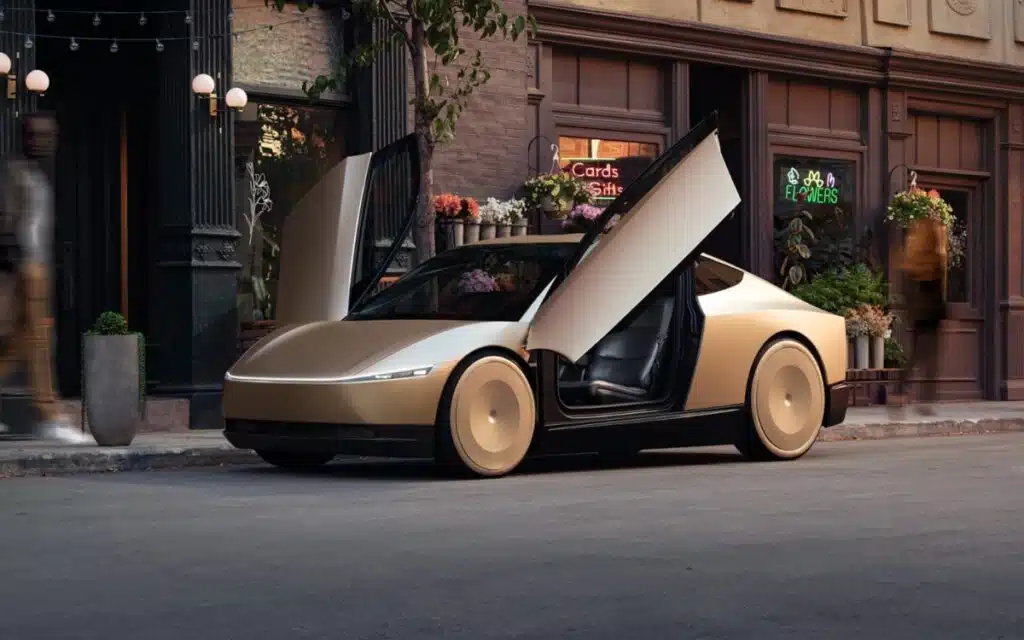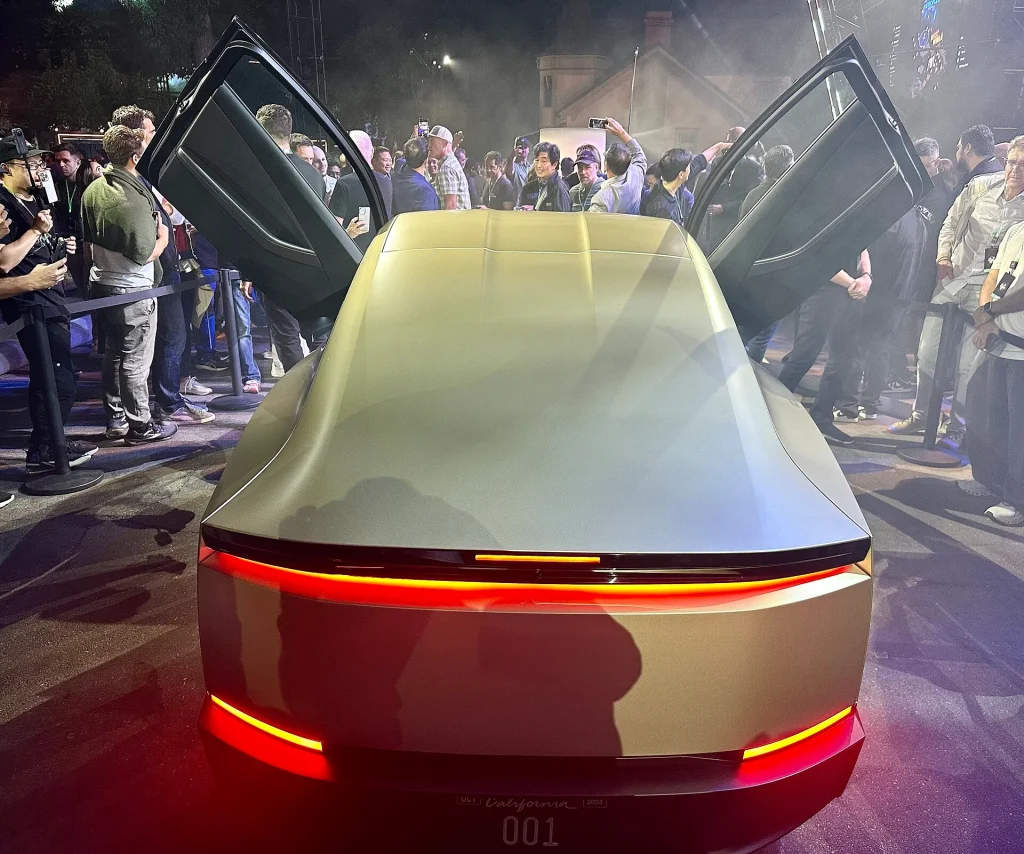Tesla has major obstacle in its way that might stop it from delivering the Cybercab when promised
Published on Nov 25, 2025 at 11:26 AM (UTC+4)
by Molly Davidson
Last updated on Nov 25, 2025 at 9:58 PM (UTC+4)
Edited by
Kate Bain
Tesla has a problem with its upcoming Cybercab and it has nothing to do with range or hardware.
It’s tied to something far simpler but just as essential.
It’s the kind of step every car company has to take before a new model hits public roads.
And as yet, Tesla hasn’t taken it.
DISCOVER SBX CARS – The global premium auction platform powered by Supercar Blondie
Tesla skipped a key step Cybercab can’t move forward without
The Cybercab is supposed to be Tesla’s first fully driverless ride-hail vehicle, built without pedals, without a steering wheel, and without a human backup plan.
But before any company can put a car like that on US roads, they need official approval from the National Highway Traffic Safety Administration.
And the agency confirmed Tesla hasn’t applied for it.
That means the Cybercab can be produced, displayed, or hyped, but not legally operated until Tesla submits the exemption request and gets approval.

With production planned to start in April, that missing step becomes a major problem because building a driverless car is only half the job.
The other half is getting permission to use it.
A former NHTSA official told Forbes that once a non-approved autonomous vehicle touches public roads, the agency can intervene immediately.
And for a company already dealing with slower sales and increasing competition, another delay isn’t ideal.
Especially when Cybercab was meant to reset that narrative.


Tesla’s giving mixed signals
This isn’t the only area where the Cybercab rollout has lacked clarity.
Tesla has publicly changed direction multiple times.
First suggesting the vehicle might include a steering wheel to meet current rules, then reversing course and insisting it won’t.
And the mixed messaging hasn’t made things easier for customers trying to understand what Tesla is actually building or when it will arrive.

It comes at a time when rivals are moving quickly, offering more options and more stability.
Tesla could use a clean, confident launch to rebuild momentum, but Cybercab’s regulatory gap leaves the timeline uncertain.
If Tesla files the paperwork and gets approval in time, the vehicle could still hit the road the way the company hopes.
But until there’s a green light from regulators, the Cybercab isn’t going anywhere.
No matter how close production day gets.
Timeline of the Tesla Cybercab
April 2023: Elon Musk first mentions the idea of a next-generation Tesla built specifically to be a robotaxi
August 2023: Musk says Tesla will reveal a dedicated robotaxi in 2024
October 2024: Tesla officially unveils the Cybercab during its Robotaxi event, showing a steering-wheel-free design
Late 2024: Tesla begins saying Cybercab will be built on its new low-cost platform and may arrive before the $25,000 model
Early 2025: Initial robotaxi tests expand in very limited pilot programs, with multiple publicized issues and safety concerns
Mid-2025: Public robotaxi demonstrations roll out in small markets but face technical setbacks, leading to skepticism
October 2025: Tesla board chair Robyn Denholm says Cybercab may need a steering wheel and pedals under current US safety rules
November 6, 2025: Musk contradicts this, confirming Cybercab will not include manual controls
November 2025: NHTSA confirms Tesla has not applied for a needed exemption to legally operate a no-controls vehicle on public roads
Late 2025: Reports surface that Tesla’s next-gen hardware (AI5) won’t be ready until 2027, raising questions about Cybercab launch specs
April 2026: Tesla’s official production target for Cybercab (as stated by Musk earlier and repeated by industry reporting)
DISCOVER SBX CARS: The global premium car auction platform powered by Supercar Blondie
Molly Davidson is a Junior Content Writer at Supercar Blondie. Based in Melbourne, she holds a double Bachelor’s degree in Arts/Law from Swinburne University and a Master’s of Writing and Publishing from RMIT. Molly has contributed to a range of magazines and journals, developing a strong interest in lifestyle and car news content. When she’s not writing, she’s spending quality time with her rescue English staffy, Boof.




